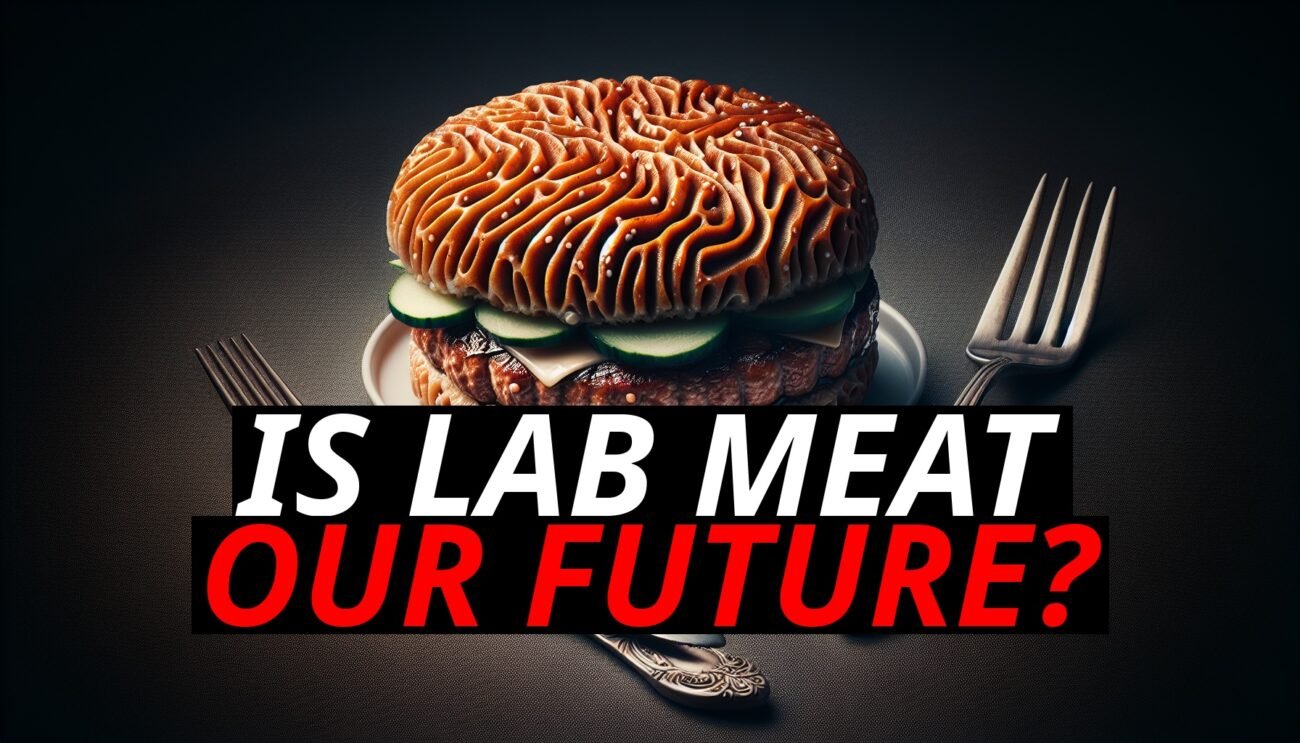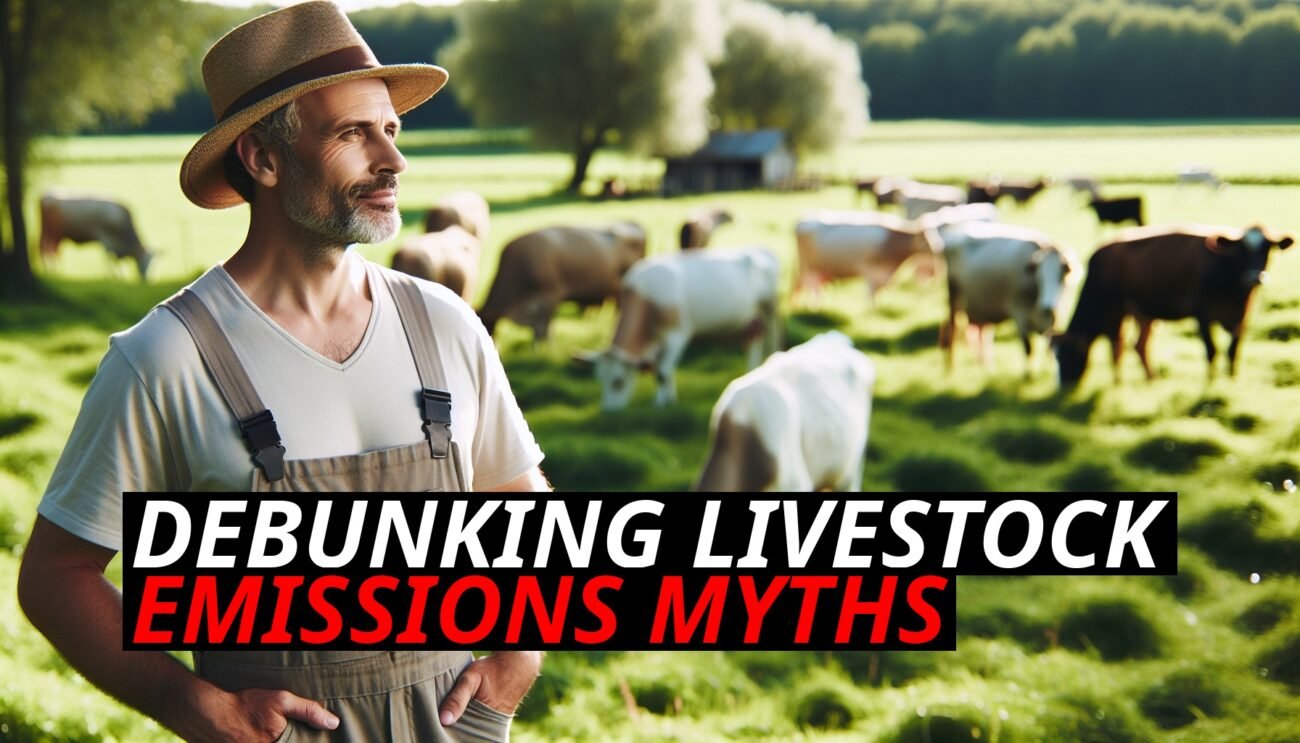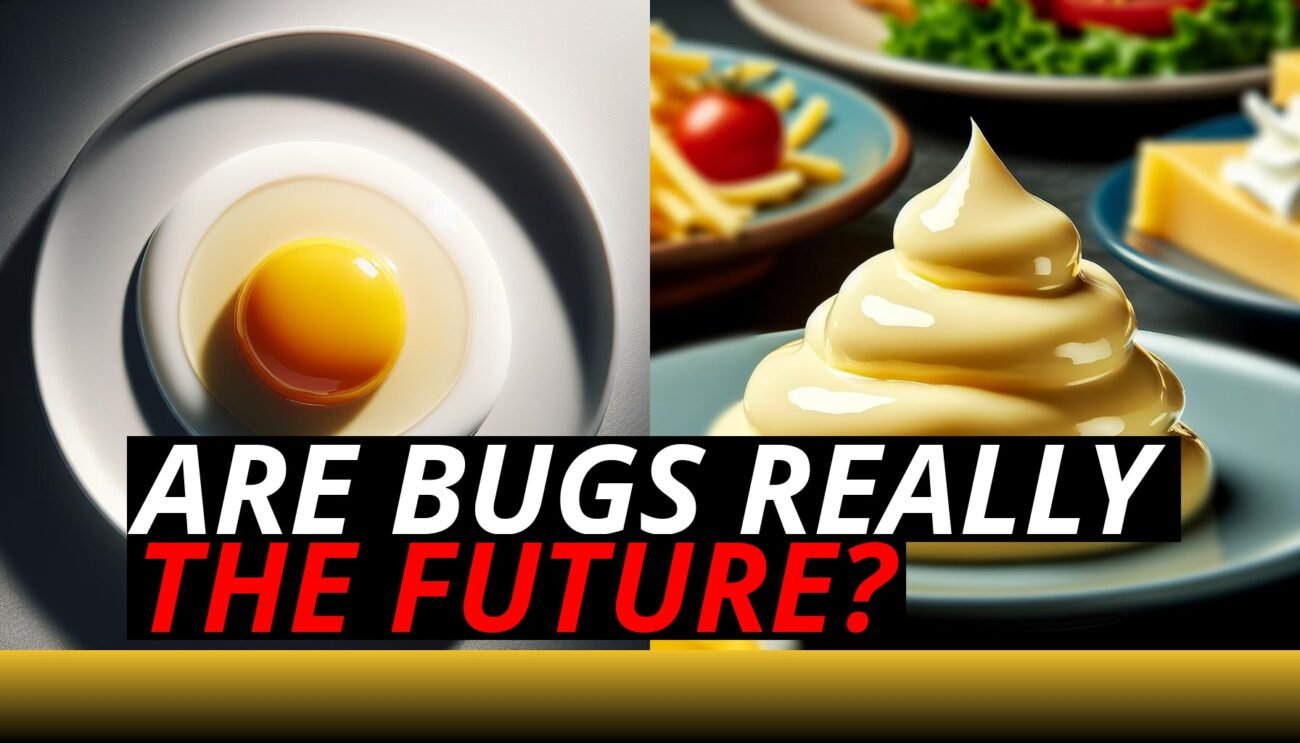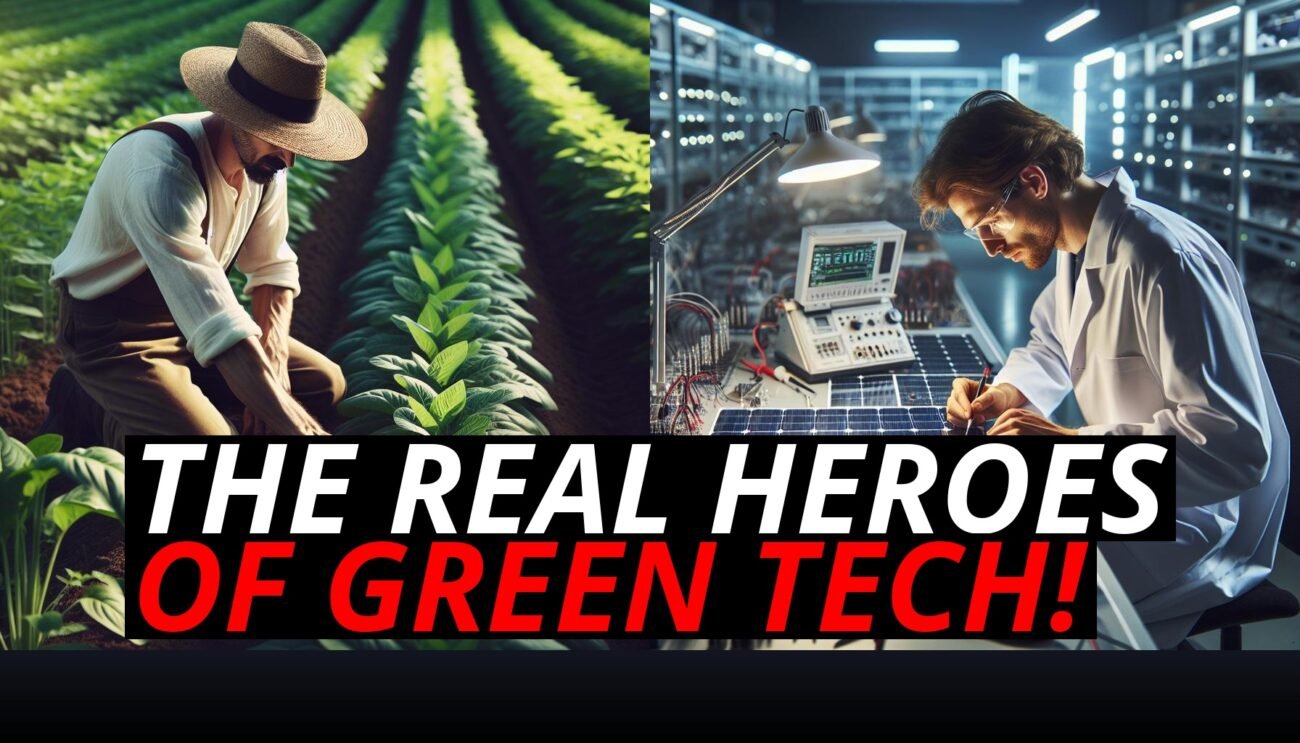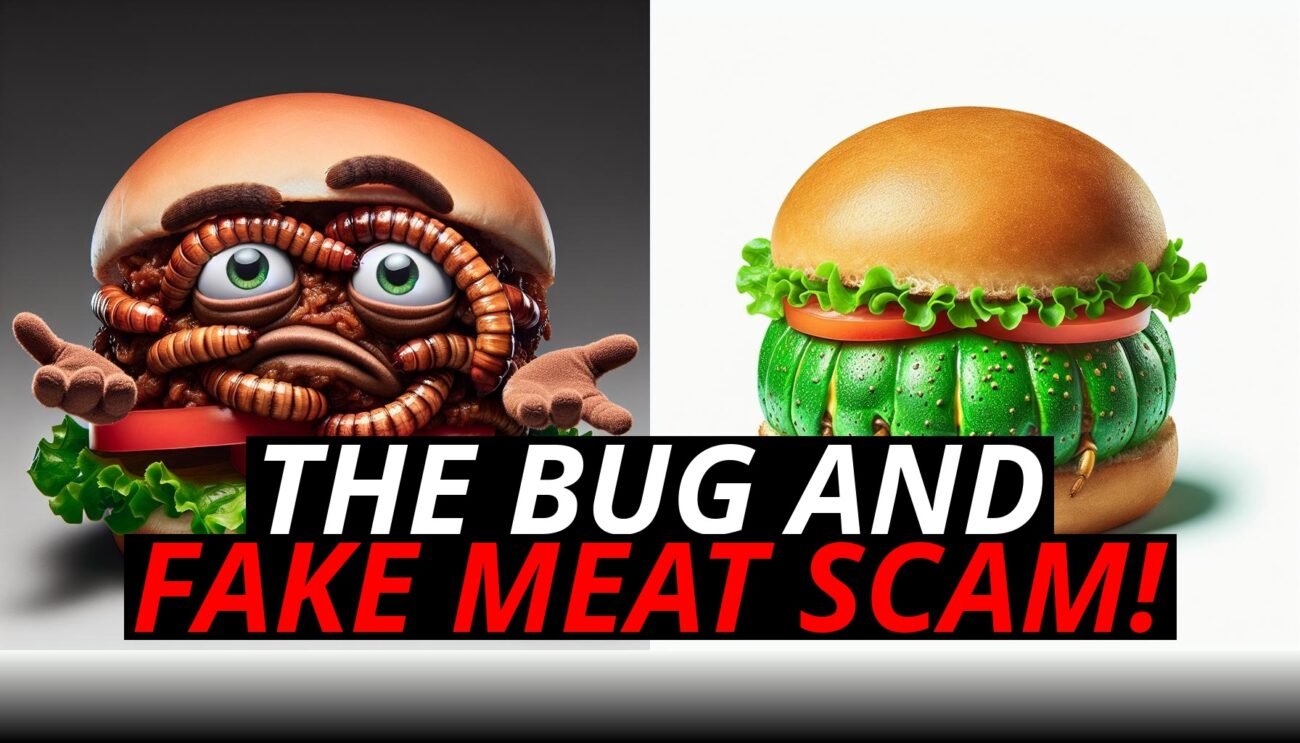Picture this: you’ve just switched to an electric vehicle (EV), convinced you’re helping save the planet, all while feeling pretty smug about leaving gasoline behind. Meanwhile, you’re biting into a fake meat burger, believing it’s the future of food. But what if we told you that both these “green” solutions are actually overhyped and might not be the environmental saviors they claim to be? Yes, that’s right—EVs are the fake meat of the car world, promising the moon but delivering something far less impressive.
Let’s break down how electric vehicles and fake meat are riding the same wave of false promises and hidden problems.
The Overpromise: Electric Vehicles Are Clean, Green, And Cost-Effective
The idea behind electric vehicles is that they’re the clean, green alternative to the polluting gasoline cars of yesteryear. No more tailpipe emissions, lower running costs, and a boost for the planet—what’s not to love?
But here’s the catch: just like fake meat, the story behind EVs is far more complex and less shiny than advertised.
Hidden Environmental Impact: While EVs don’t emit CO2 while driving, producing their batteries is another story. Lithium, cobalt, and nickel—key components of EV batteries—are mined in ways that are both environmentally destructive and exploitative. The process requires immense amounts of energy and leaves behind a trail of pollution, making these “green” vehicles much less clean than you’d expect.
Battery Degradation: Just like how that fake meat burger doesn’t quite taste like the real thing, EVs start losing their charm over time. Battery degradation is a real issue—your shiny new EV may have a reduced driving range within just a few years, leaving you needing costly replacements that could send your eco-friendly dreams up in smoke.
The Reality Check: Ev Costs Are Higher Than You Think
You’ve heard that EVs are cheaper to run and maintain, right? No more oil changes, fewer moving parts, and electricity is cheaper than gasoline. But hold on—it’s not all smooth sailing. Just like fake meat is often more expensive than its real counterpart, the hidden costs of EV ownership can surprise even the most environmentally conscious drivers.
Charging Costs and Infrastructure Woes: Charging an EV can be far from convenient, especially if you don’t have a home charging station. Public chargers can be expensive, and fast chargers—while speedy—often cost more than gasoline. Add to that the limited availability of chargers in many areas, and suddenly, EVs don’t seem quite so cost-effective. It’s like biting into that vegan burger and realizing you paid twice as much for half the satisfaction.
Higher Insurance and Repairs: Insuring an EV tends to be more expensive than a gasoline car, due to the higher costs of repairs, especially for the battery. Plus, finding a mechanic who specializes in EVs can be a challenge, and repairs are often pricier than you’d expect. It’s not just an upfront purchase; it’s an ongoing financial commitment that can outstrip any savings on fuel.
The Fake Meat Comparison: A Processed Solution To A Natural Problem
Just as fake meat tries to be a replacement for traditional meat, EVs try to replace the tried-and-true gasoline engine. But in both cases, the attempt feels artificial and sometimes falls flat.
Fake Meat’s Dirty Little Secret: To create plant-based meat alternatives, companies rely on monocrops like soy and peas, which contribute to soil degradation and require heavy pesticide use. The environmental benefits of fake meat are often exaggerated, and what you’re left with is a highly processed product that’s far removed from nature.
EVs Aren’t as Natural as They Seem: Likewise, the “clean” EV comes at the cost of mining, energy-intensive battery production, and disposal issues. EVs are packed with technology that, while impressive, requires significant energy and resources to manufacture and maintain. Just like fake meat isn’t the same as eating a grass-fed steak, driving an EV isn’t the pure environmental win it’s marketed as.
The Marketing Illusion: Production Quotas Over Real Benefits
Why are we seeing so many EVs and fake meat products hitting the market? It’s all about hitting production targets, often driven by top-down policies rather than consumer demand. Governments and corporations push for more production to appear eco-friendly, but the reality is that these products aren’t always what people want or need.
EV Production Is Political: Governments around the world are incentivizing automakers to produce more EVs, offering subsidies and credits to boost numbers. But are we asking the right questions? Instead of creating more vehicles that are costly to maintain and difficult to charge, we’re pushing out products to meet quotas, not to meet the real needs of consumers or the environment.
Fake Meat as a Trend: Similarly, the rise of fake meat is often fueled by marketing trends and corporate goals to be seen as environmentally responsible, even if the real impact is questionable. It’s all about producing more to satisfy investor expectations and government incentives, even if the market for these products isn’t as strong as it appears.
The Developing World Doesn’T Want Your Unwanted Evs
When EVs and fake meat fail to deliver on their promises, what happens next? They often end up being dumped on developing countries, sold as “solutions” to problems they don’t actually have. But here’s the thing—developing nations are starting to reject these overhyped technologies.
Unwanted EVs: Developing countries need practical and affordable transportation options, not complex electric cars with degraded batteries and high maintenance costs. These countries don’t have the charging infrastructure or the resources to handle the toxic battery waste that comes with EVs. It’s a classic case of pushing a “solution” that doesn’t fit the problem.
Fake Meat Isn’t the Answer: In many parts of the world, people rely on traditional farming practices that are far more sustainable than the industrialized monocrops used to produce fake meat. Sending processed fake meat to these areas ignores the real solutions already in place—solutions that work with nature, not against it.
The Bottom Line: Time To Rethink Our Approach
At the end of the day, both electric vehicles and fake meat are attempts to replace natural, time-tested systems with overly processed, tech-heavy alternatives. And much like fake meat, EVs might be creating more problems than they solve. Instead of rushing toward these so-called solutions, it’s time to look at real, practical alternatives that can make a meaningful difference.
The question we should all be asking is simple: Are we solving problems, or just creating new ones? Because when it comes to both electric vehicles and fake meat, the answers aren’t as clear as they seem.


